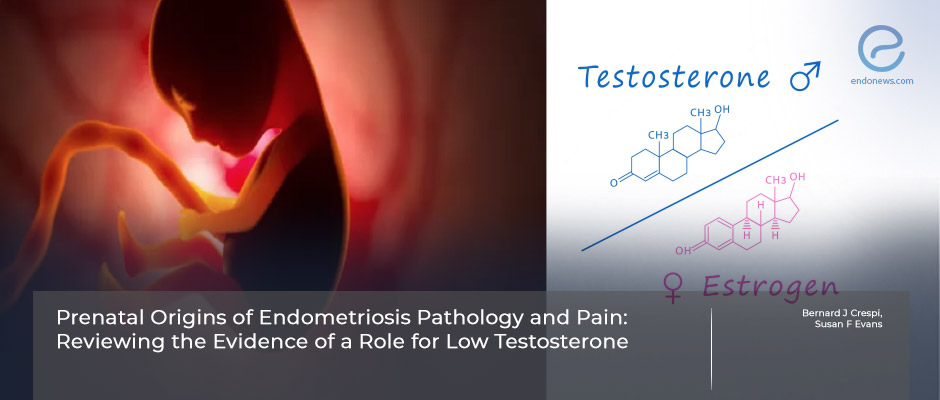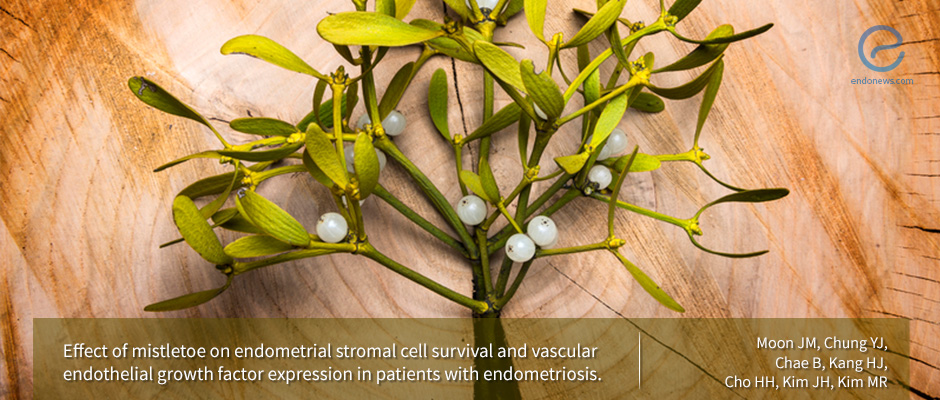Exploring the Potential Impact of Prenatal Testosterone on Endometriosis
The exact causes of endometriosis still remain uncertain but emerging evidence suggests that prenatal factors may contribute to its development. In the review study by Bernard J Cresp et al, the authors discuss the hormonal environment during prenatal development and…
Key Points Lay SummaryThe association between inflammatory cytokines and fertility in women with endometriosis
Women with endometriosis suffer not only from a broad spectrum of symptoms including pain including dysmenorrhea, dyspareunia, and chronic pelvic pain but also fertility problems. Endometriosis-associated infertility develops depending on a combination of several mechanisms such as distorted pelvic anatomy,…
Key Points Lay SummaryAssociation of psoriasis and endometriosis
Psoriasis is an immune-mediated inflammatory skin disease characterized by scalpy, red, and well-demarcated skin plaques that are observed in 2-4% of the population. Approximately 30% of psoriatic patients additionally have joint pain, stiffness, and swelling called psoriatic arthritis. The mechanism…
Key Points Lay SummaryRegulation of Inflammation in Endometriosis
Endometriosis is an estrogen-dependent and multifaceted gynecological condition. Unfortunately, this disease frequently causes chronic and cyclic pelvic pain. Though there are several treatments are available, there is not an actual cure for this disease. Therefore, the development of new therapy…
Key Points Lay SummaryMistletoe as a Potential Candidate for Endometriosis Treatment
Endometriosis, one of the common benign gynecologic disorders, is defined as the ectopic presence of endometrial cells outside of the uterine cavity. Although the underlying mechanisms are not fully understood, the most accepted hypothesis is that endometrial cells pass through…
Key Points Lay Summary
 By Bahar Yuksel
By Bahar Yuksel

 By Hale Goksever Celik
By Hale Goksever Celik

 By Selma Oransay
By Selma Oransay

 By Dr. Youngran Park
By Dr. Youngran Park
